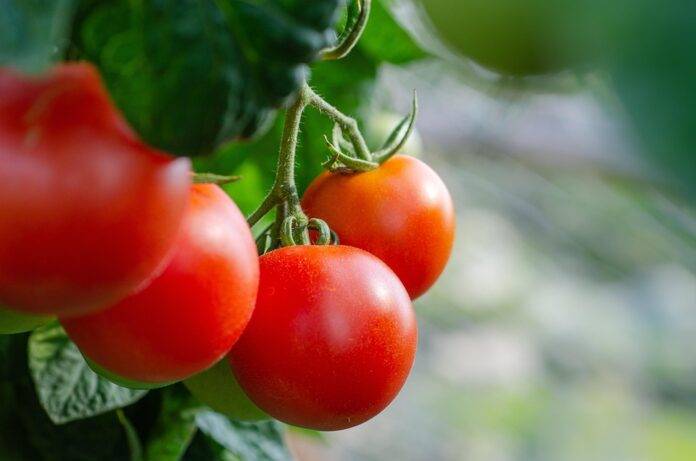Introduction
Climate change is a pressing issue that is impacting agriculture worldwide, including tomato farming. As temperatures rise, extreme weather events become more frequent, and precipitation patterns shift, tomato farmers are facing numerous challenges in maintaining their crop yields and quality. In this report, we will explore the specific challenges that tomato farmers are facing due to climate change and discuss potential adaptation strategies to mitigate these impacts.
Climate Change Impacts on Tomato Farming
Tomatoes are highly sensitive to changes in temperature and water availability, making them particularly vulnerable to the effects of climate change. Some of the key impacts of climate change on tomato farming include:
- Increased frequency of heatwaves: High temperatures can reduce fruit set and affect the overall quality of tomatoes.
- Changes in precipitation patterns: Irregular rainfall can lead to water stress in tomato plants, affecting growth and yield.
- Spread of pests and diseases: Warmer temperatures can create favorable conditions for pests and diseases that can devastate tomato crops.
Financial Impact
The financial impact of climate change on tomato farming can be significant. According to a study by the University of California, Davis, climate change could cost tomato farmers in California up to $1.3 billion annually by 2050 due to reduced yields and increased production costs.
Yield Losses
Yield losses due to climate change can vary depending on the region and specific growing conditions. In some cases, farmers may experience a 10-20% reduction in tomato yields due to heat stress or water scarcity.
Production Costs
Climate change can also increase production costs for tomato farmers. For example, farmers may need to invest in irrigation systems or pest control measures to adapt to changing conditions, leading to higher operating expenses.
Adaptation Strategies
To address the challenges posed by climate change, tomato farmers can implement various adaptation strategies to protect their crops and maintain productivity. Some effective adaptation strategies include:
Diversification of Varieties
Growing a diverse range of tomato varieties with different heat and drought tolerance can help farmers mitigate the impacts of climate change. By planting resilient varieties, farmers can ensure a more stable yield even under adverse conditions.
Improved Irrigation Practices
Implementing efficient irrigation practices such as drip irrigation or mulching can help tomato farmers conserve water and reduce the risk of water stress in plants. Proper irrigation management is crucial for maintaining healthy tomato crops in changing climatic conditions.
Integrated Pest Management
Adopting integrated pest management (IPM) practices can help tomato farmers control pests and diseases without relying heavily on chemical pesticides. IPM strategies focus on using natural predators, crop rotation, and other sustainable methods to manage pest populations effectively.
Conclusion
In conclusion, climate change poses significant challenges for tomato farming, but with proactive adaptation strategies, farmers can mitigate these impacts and ensure the sustainability of their operations. By diversifying tomato varieties, improving irrigation practices, and implementing integrated pest management techniques, farmers can build resilience against the effects of climate change and secure their livelihoods for the future.



